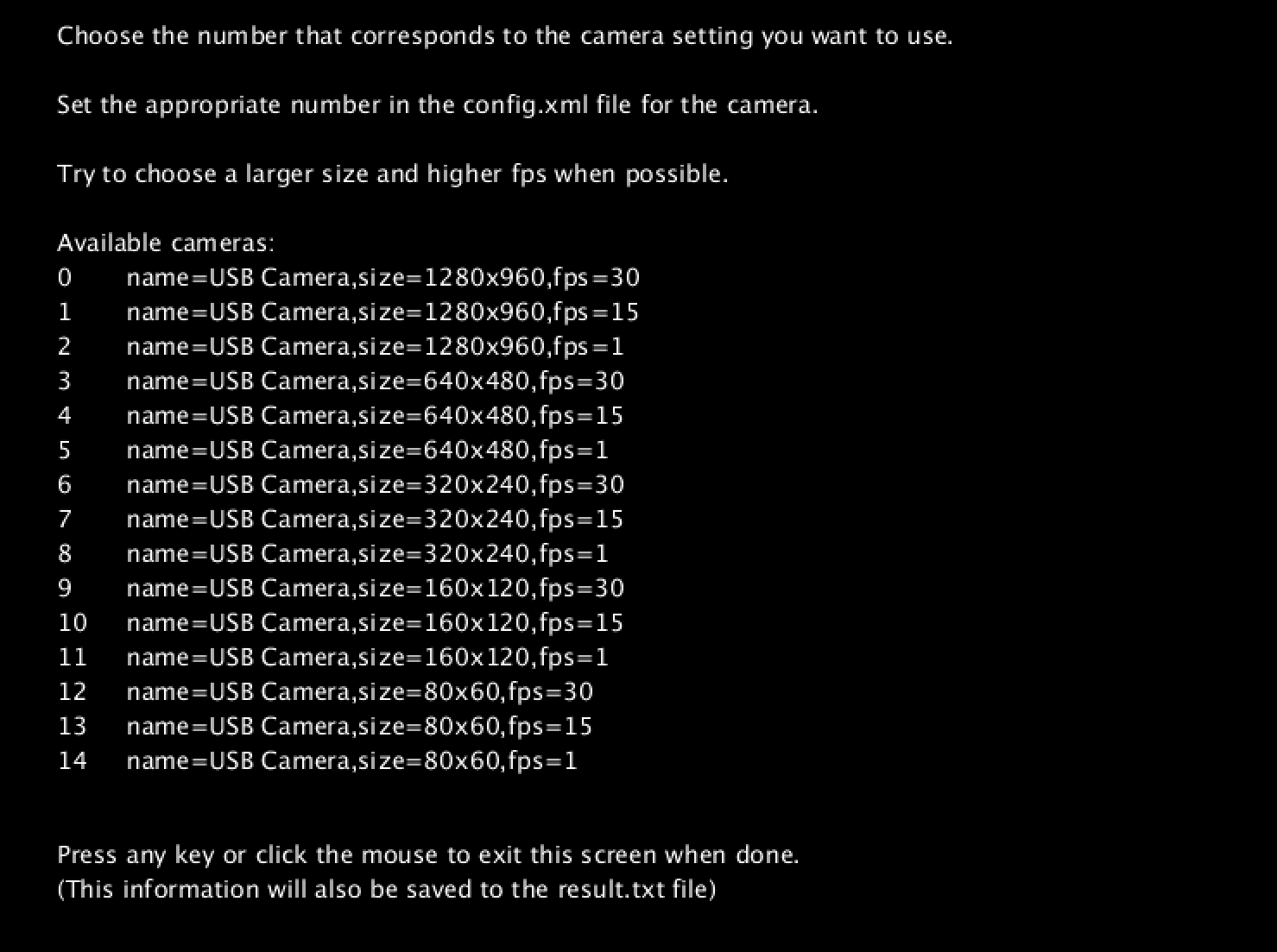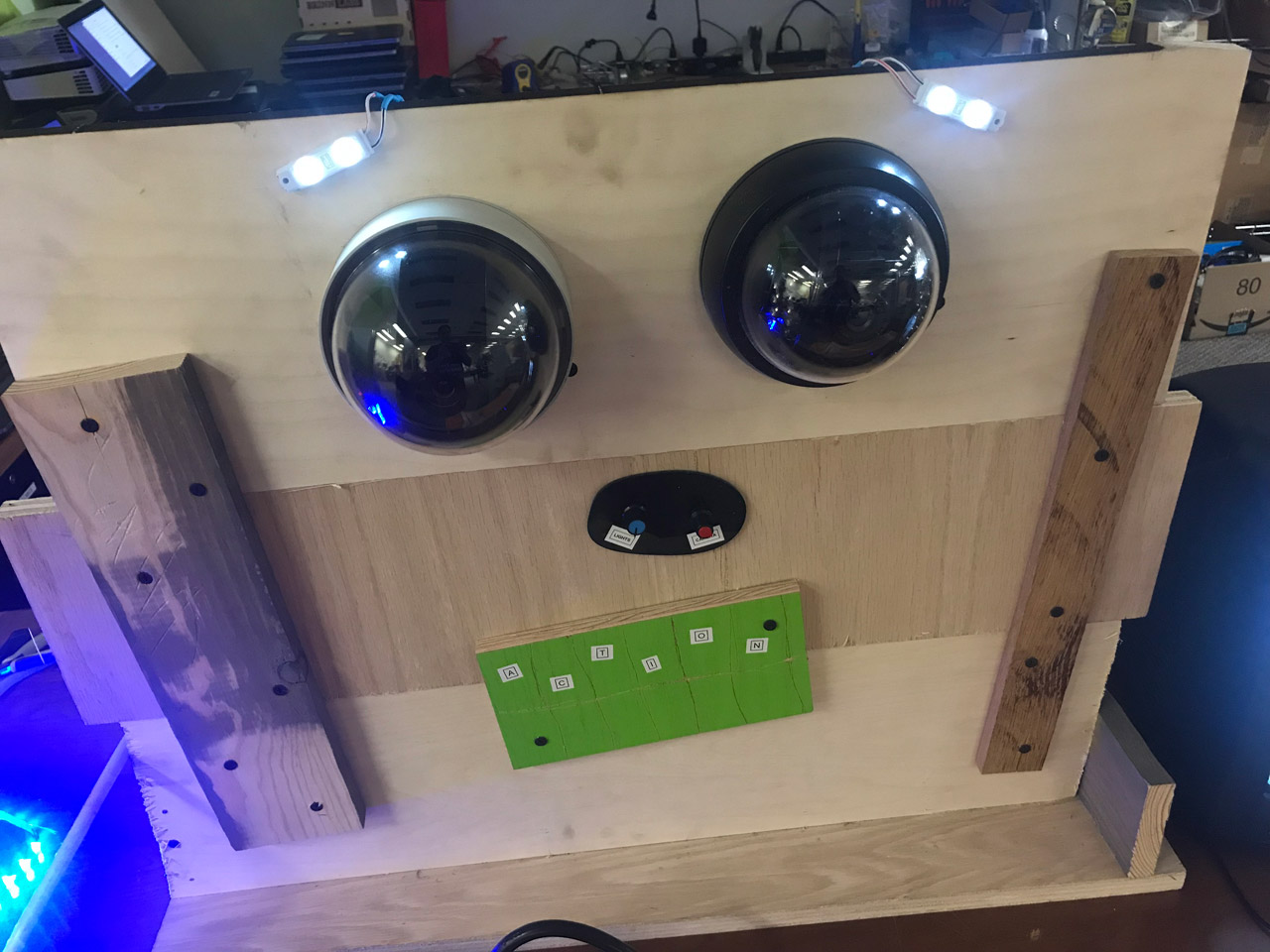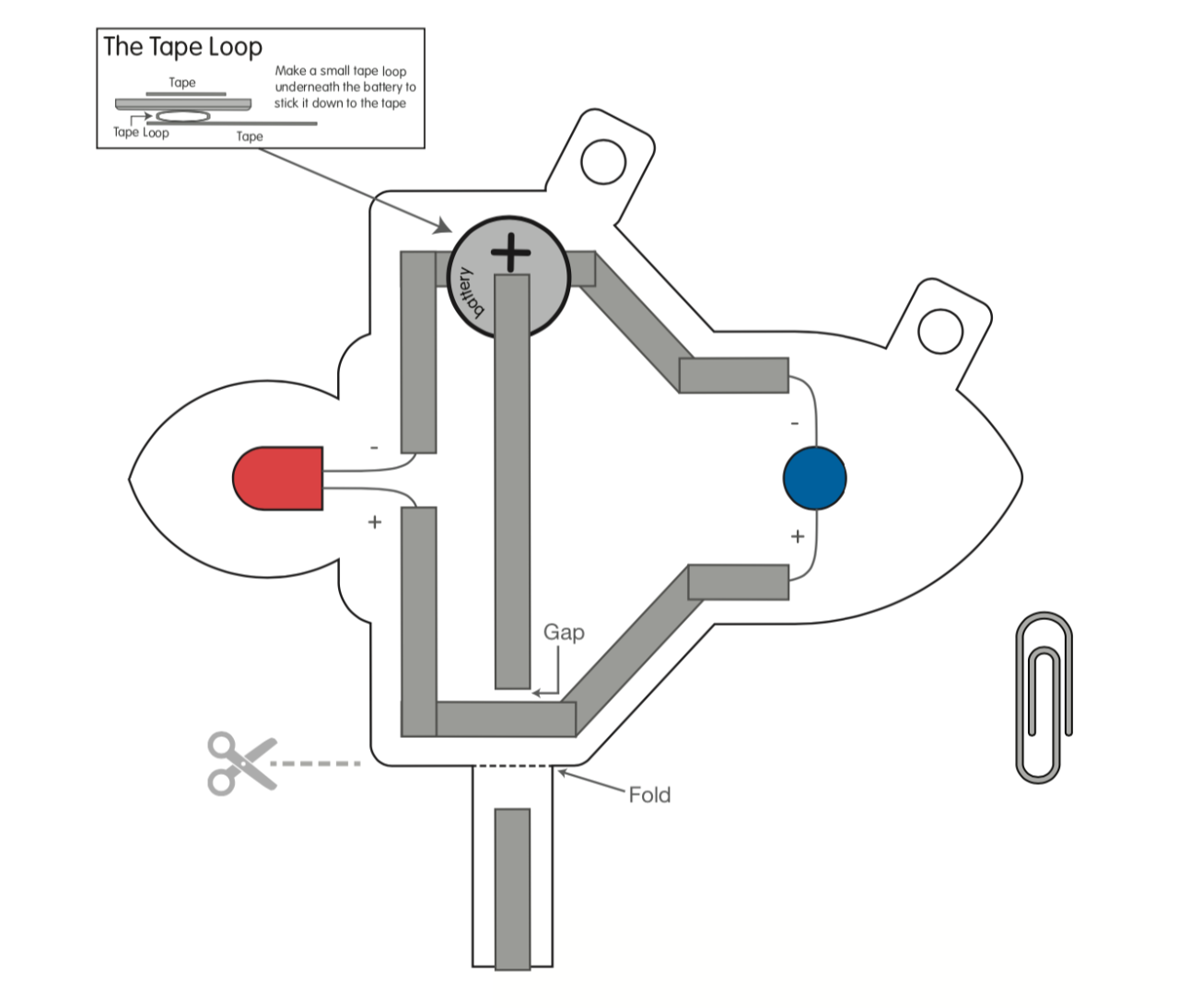
The Reflect-O-Scope was an interactive museum exhibit I worked on a few years ago. It was a fantastical machine that allows users (typically children) to slide materials under a microscope and examine them. The materials were from the sponsor of the exhibit and consisted of specialty tape materials adhered to plastic boards.

One of the original ideas was to allow for focusing, but that got scrapped. We figured kids would put almost anything under a microscope, their hand, their little sister, etc. Focusing meant a moving mechanism, and it was deemed to complex at the time.

The sculptural build was done by John McGeen and Austin Boechler. My focus was on the hardware and software. There’s a USB microscope connected to a computer and then a small HDMI display in the “goggle” shaped piece that the user looks into. It’s all a bit “periscope” like in design.

The original design also had a secondary monitor (a large TV) that would be mounted further away, so people could see weird things on the TV and it would draw them over. Lots of features got killed due to lack of time or other reasons. Most of what you see on a museum floor probably started out a lot more complex when originally designed, and then simplified as time goes on.


I wrote the software, which is just an application written in Processing that automagically launches at boot up, runs full screen, and shows the output from the USB microscope. There’s also a companion application called “List Cameras” that can display all the connected USB cameras and all of the possible resolutions they support. This is there in case the USB microscope ever needs to get replace. The exhibit tech just needs to run the application and then edit a config file. No recompiling of the application is necessary.

One more fun addition was a white plastic tube running along the outside with some NeoPixels in it featuring some funky color runs to add to the fantastical nature of the piece.

One of the nice things about this component was that the software was created in-house, so the component could be replicated easily without additional license fees. (We had an amazing software partner we used for the complex things, but simple stuff was done, when possible, in-house by the tech team, which was basically me.)




















